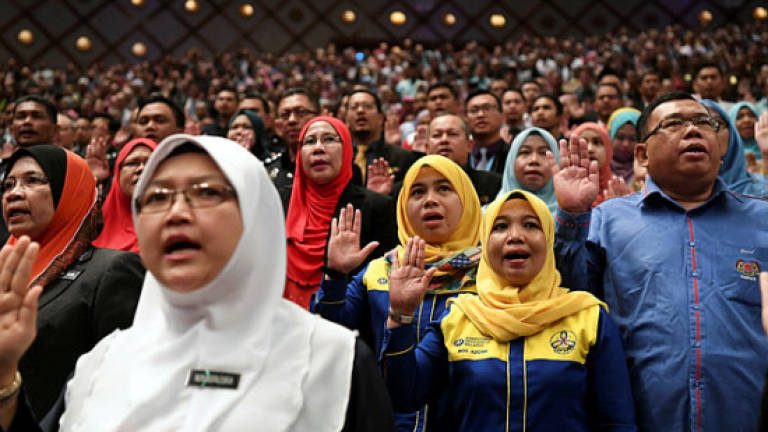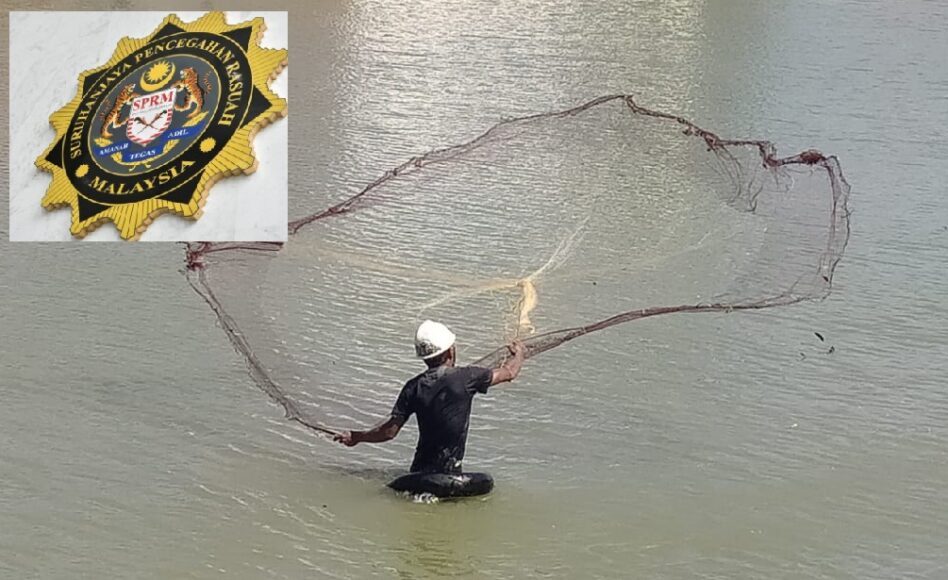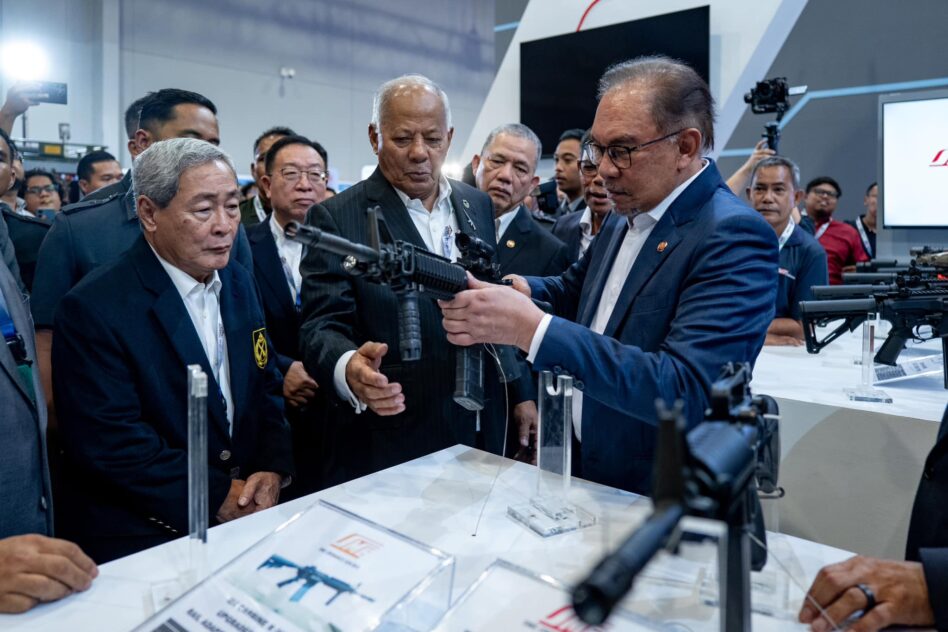THE Rubber Production Incentive (IPG) mechanism is a form of long-term solution to enable smallholders generate a stable income, said the Malaysian Rubber Board (MRB).
Director-general Datuk Dr Zairossani Mohd Nor said the government acknowledged that the rubber price would fluctuate depending on the global market, and it wanted to ensure that the smallholders would continue their operations even when the price is low with the support of this scheme.
“Under the IPG mechanism, when the rubber price declines below the activation price, we will pay the difference (in the price) to the smallholders.
“For example, even though the farmgate price is at RM1.70 per kilogramme (kg), with the IPG scheme, the rubber price is supported and maintained at RM2.50 per kg.
“Hence, even if the price falls, we actually guarantee and support the price at RM2.50 per kg. Thus, the smallholders would have no problems and can continue to tap,” he told Bernama.
Zairossani was a guest on Bernama TV’s ‘Ruang Bicara’ programme last night which discussed the topic on ‘Covid-19: Effects on the Rubber Industry and its Future Direction’.
He also commented on the issues besetting the IPG implementation including how MRB intends to promote the method that the smallholders can use to apply for IPG as it is an incentive scheme for them.
“During the initial stage, many issues were on claims as the smallholders must make applications at the end of the month by filling up a form and send it to the MRB office.
“We saw many issues initially but we have collaborated with various agencies involved in the rubber sector, for instance, the Rubber Industry Smallholders Development Authority (RISDA),” he said.
RISDA has close to 200 offices and the smallholders will no longer have any difficulties in terms of claims and they can send the IPG forms to the MRB offices or RISDA offices, or appointed agents such as village heads or rubber wholesalers.
Zairossani said about 90% of 457,000 smallholders had registered with MRB and this is an important social responsibility to ensure they are able to generate a stable income.
Even so, he admitted that the low rubber price together with the IPG were not sufficient for the smallholders.
”With an average rubber plantation acreage of less than two hectares each, income is around RM1,400 to RM1,500 per month, considering the current socio-economic status, this definitely is not enough for the smallholders.
“Because of this, MRB develops technologies to increase their income sources and one of it is integrated farming in the rubber estates,” he said.
Zairossani urged the smallholders to plant rubber alternately with other crops such as fruits that will generate more income for them.
He said the government has recognised the rubber industry as a national strategic industry whereby the sector must retain the rubber plantation acreage to ensure the country has sufficient supply for the downstream sector.
“The rubber plantation acreage in Malaysia totals 1.08 million hectares and at the government policy level, we want to maintain this plantation size for rubber production and cannot depend solely on foreign supply,” he said.
On strategies, the government wanted the industry to increase the production of latex, he said, as the glove sector requires about 400,000 tonnes of latex a year compared with local production of only 40,000 tonnes and Malaysia has to import to meet the demand.
“One of the ways is through this IPG as whoever produces latex, we will provide an incentive of RM0.90 a kilogramme (kg) for the latex.
“We get only 30% or 300 grammes of rubber out of every kg of rubber milk.
“But if we produce latex from cuplump, the value of the latex will definitely be higher, at about RM1 per kg at farmgate,” he said.
He explained that the low latex production in the country was due to the issue of infrastructure and that the number of buyers had declined.
“The smallholders have difficulties in selling latex and that is why under the 12th Malaysia Plan, we want to develop clusters to boost latex production,” he said, adding the industry needed infrastructure such as collection centres as well as transportation to carry the latex to the processing plants.
“With higher latex production, we can produce more high-quality rubber and value-added products.
“At the production stage, if the latex price is not attractive and has no apparent value-add compared with cuplump, the smallholders are less interested in producing them (latex),” he added.
In a nutshell, Zairossani said Malaysia must produce more latex to support the glove sector and the real value of rubber is in latex. – April 18, 2020, Bernama










